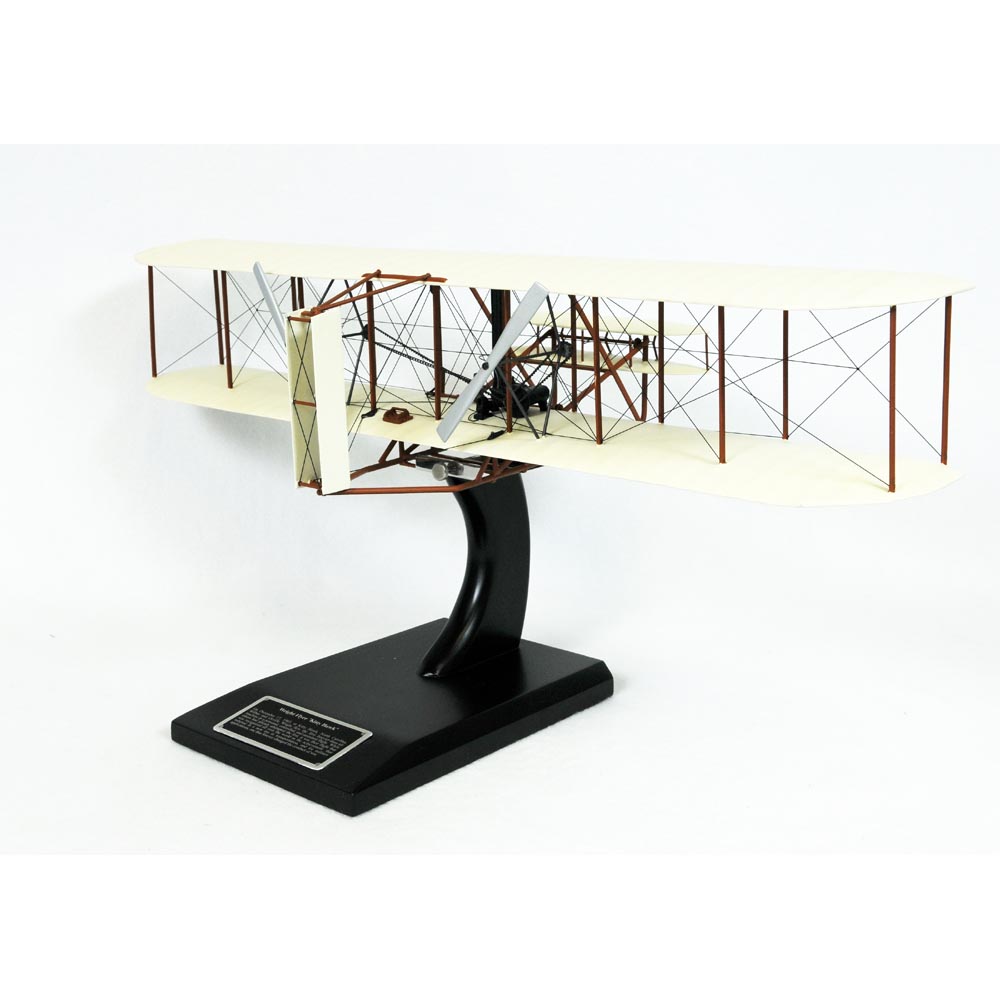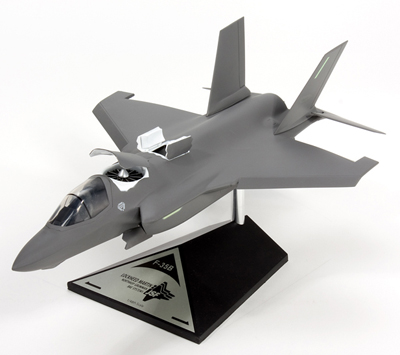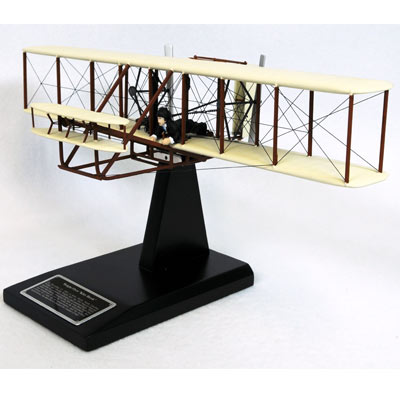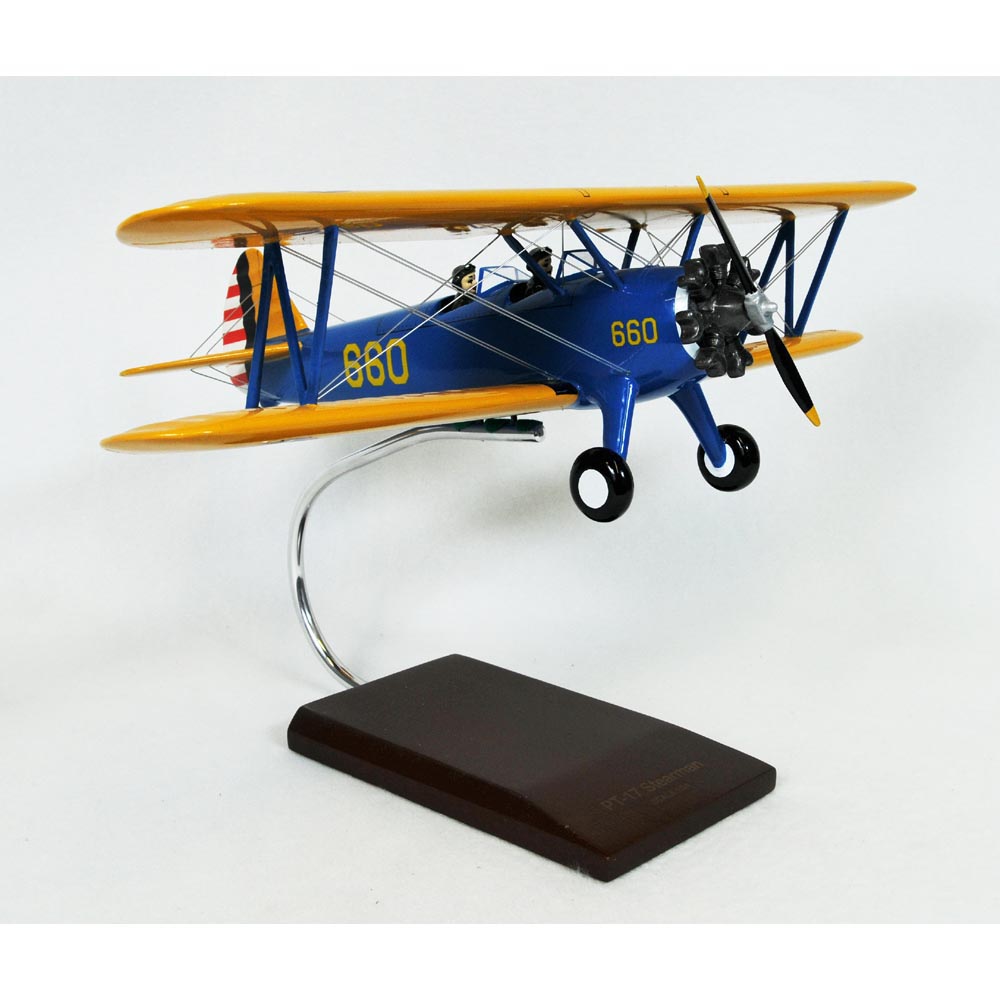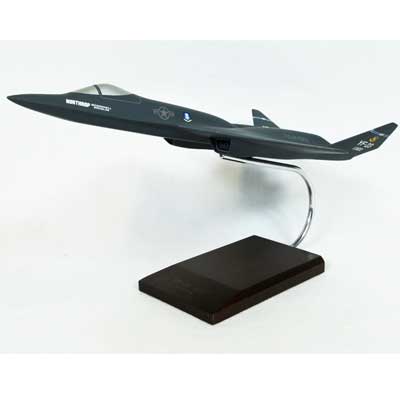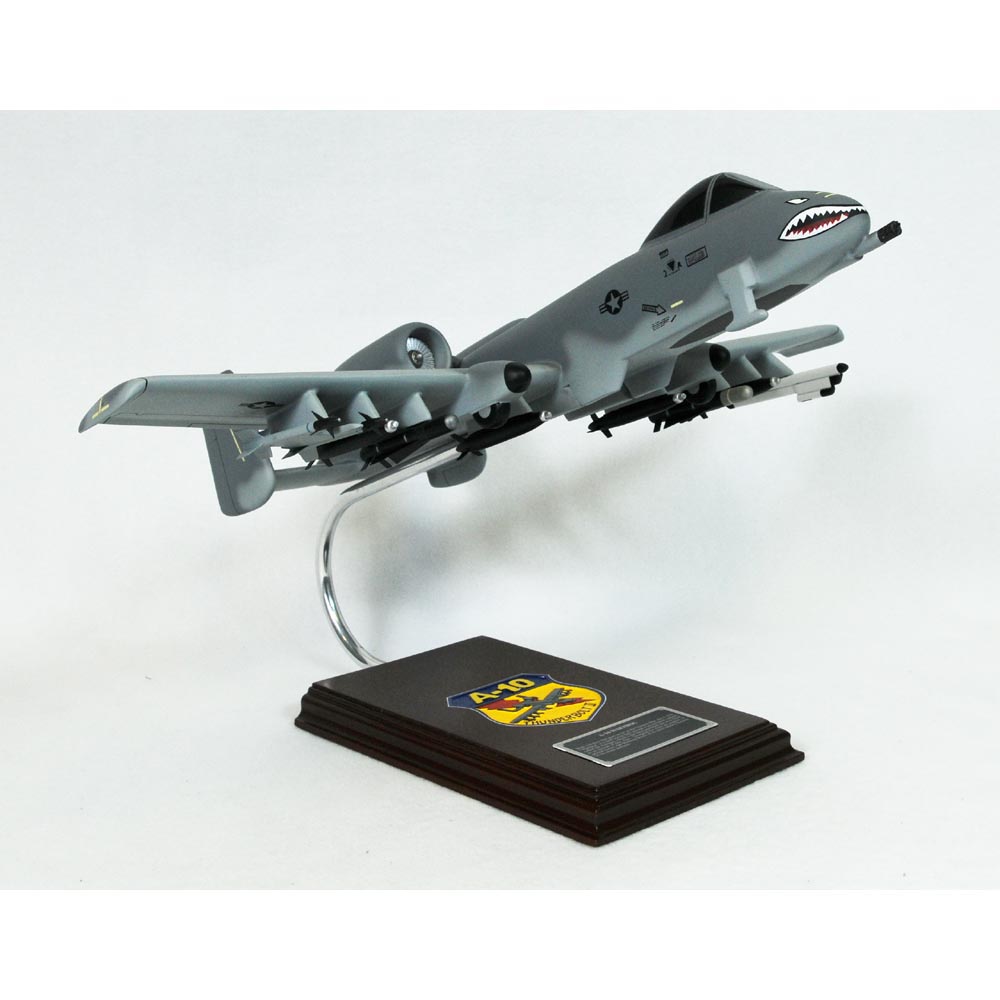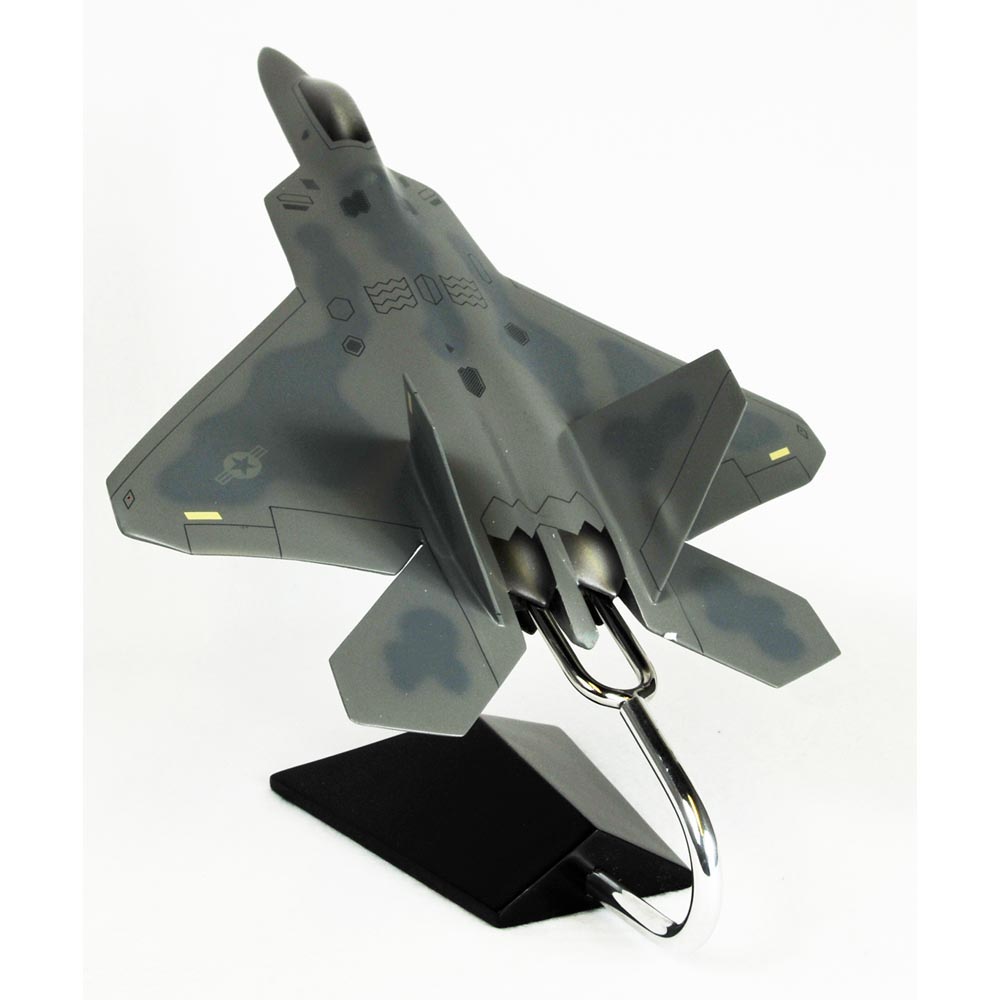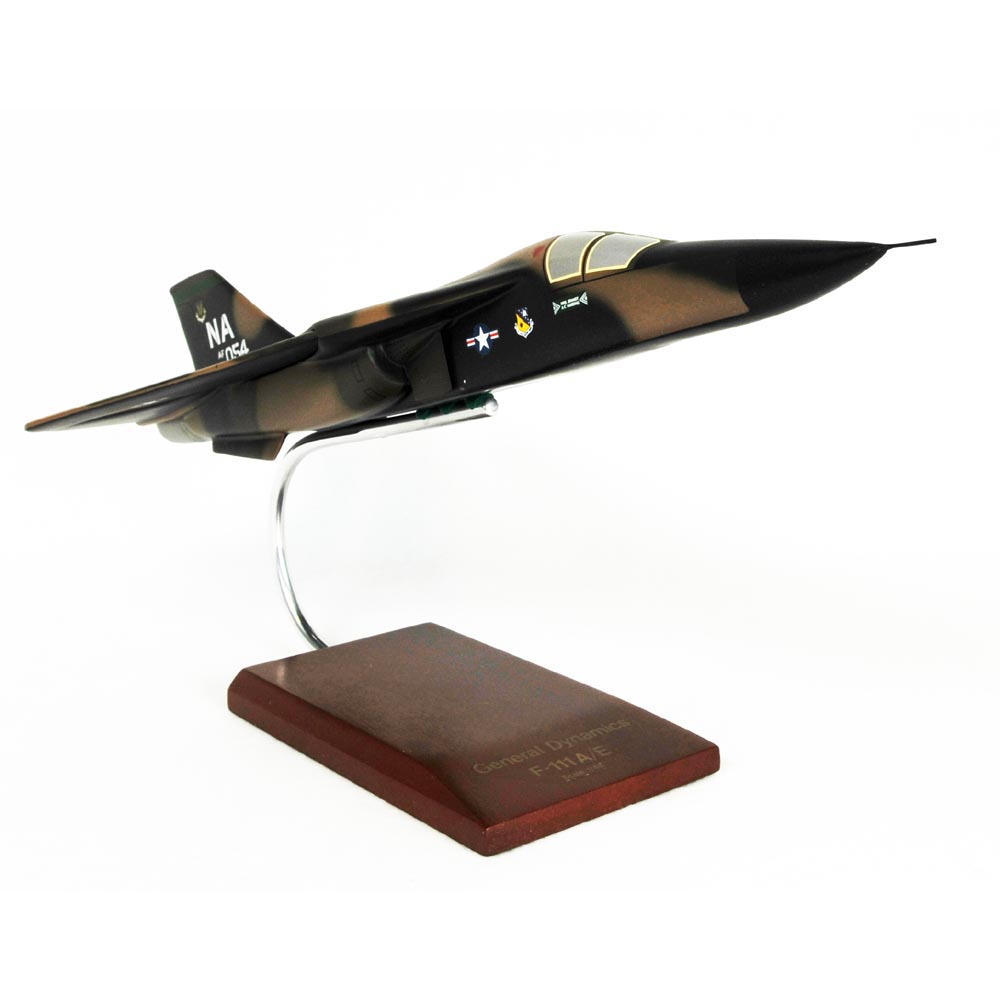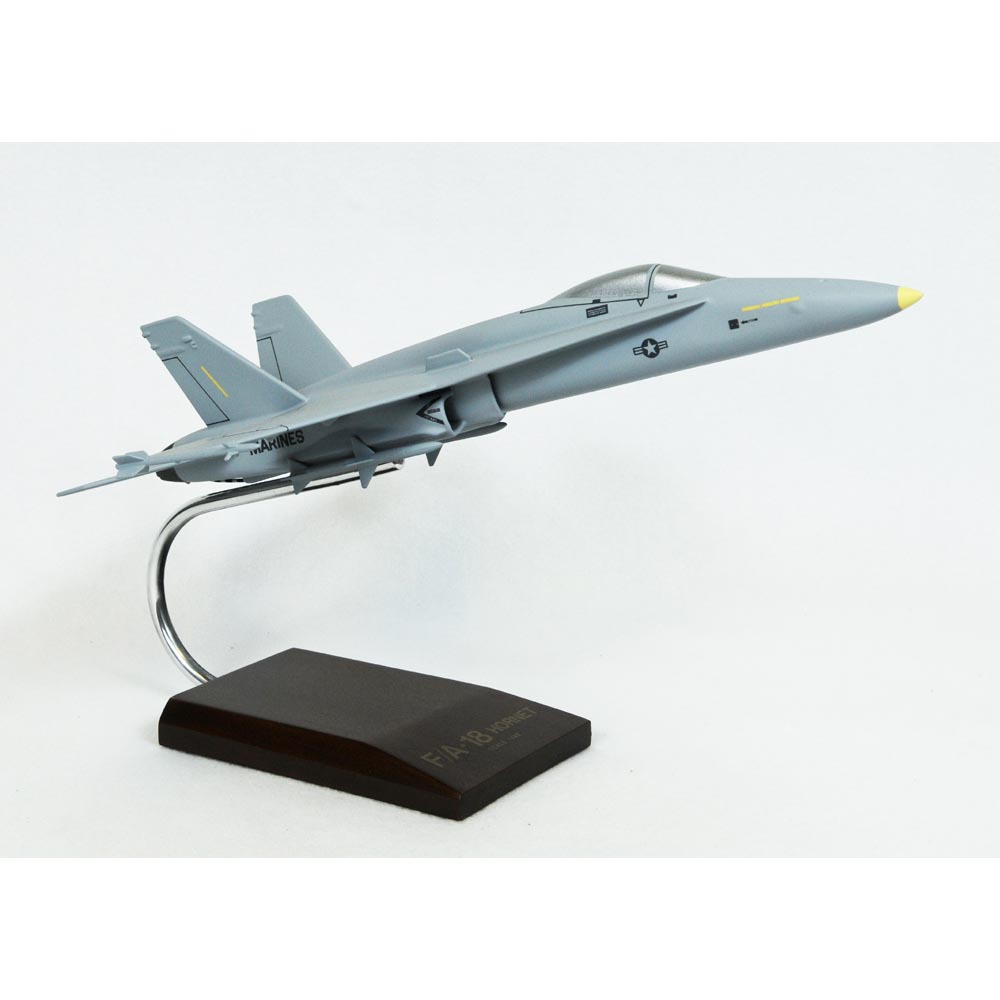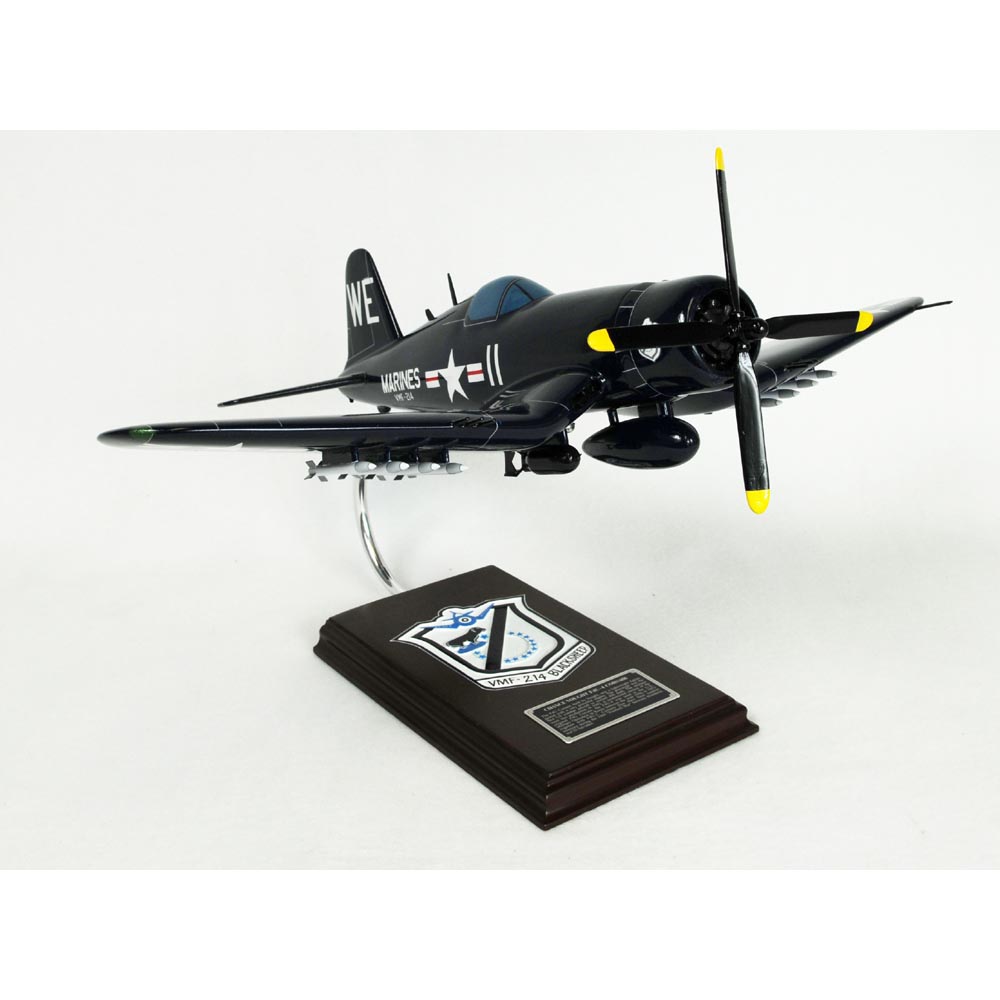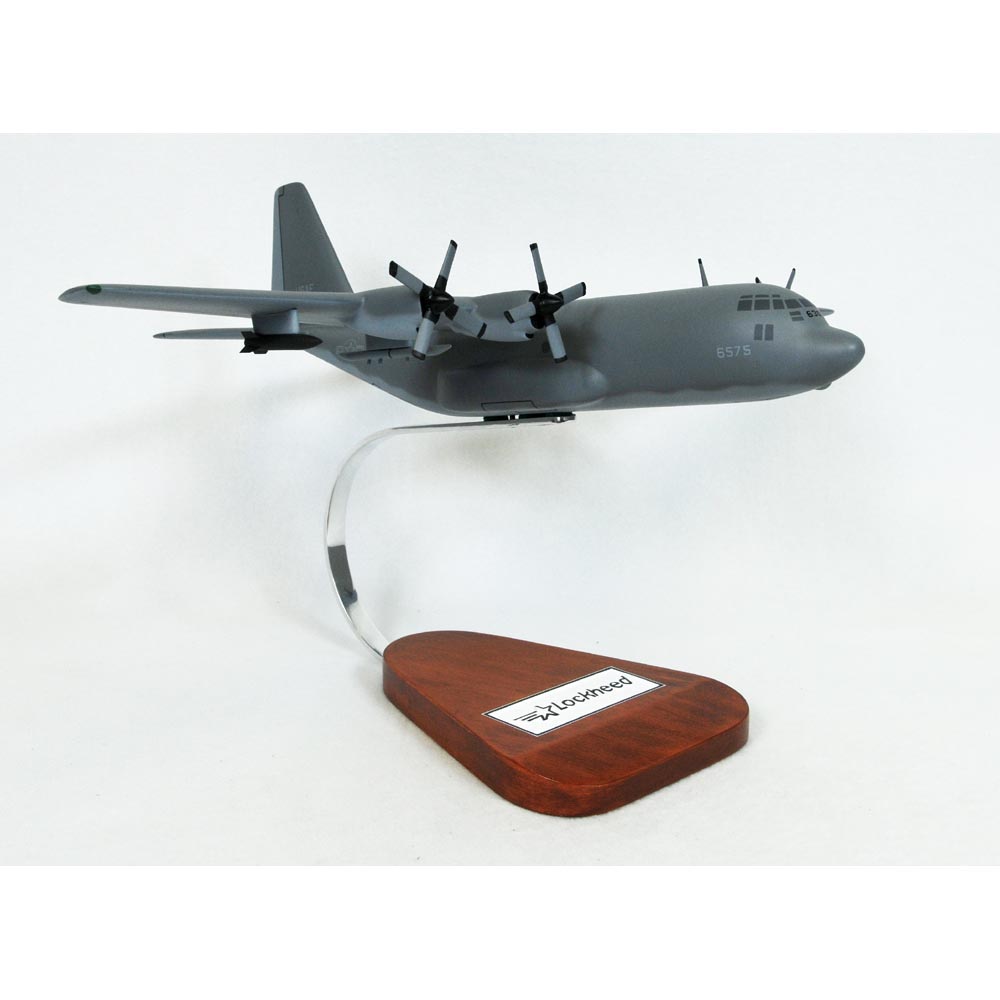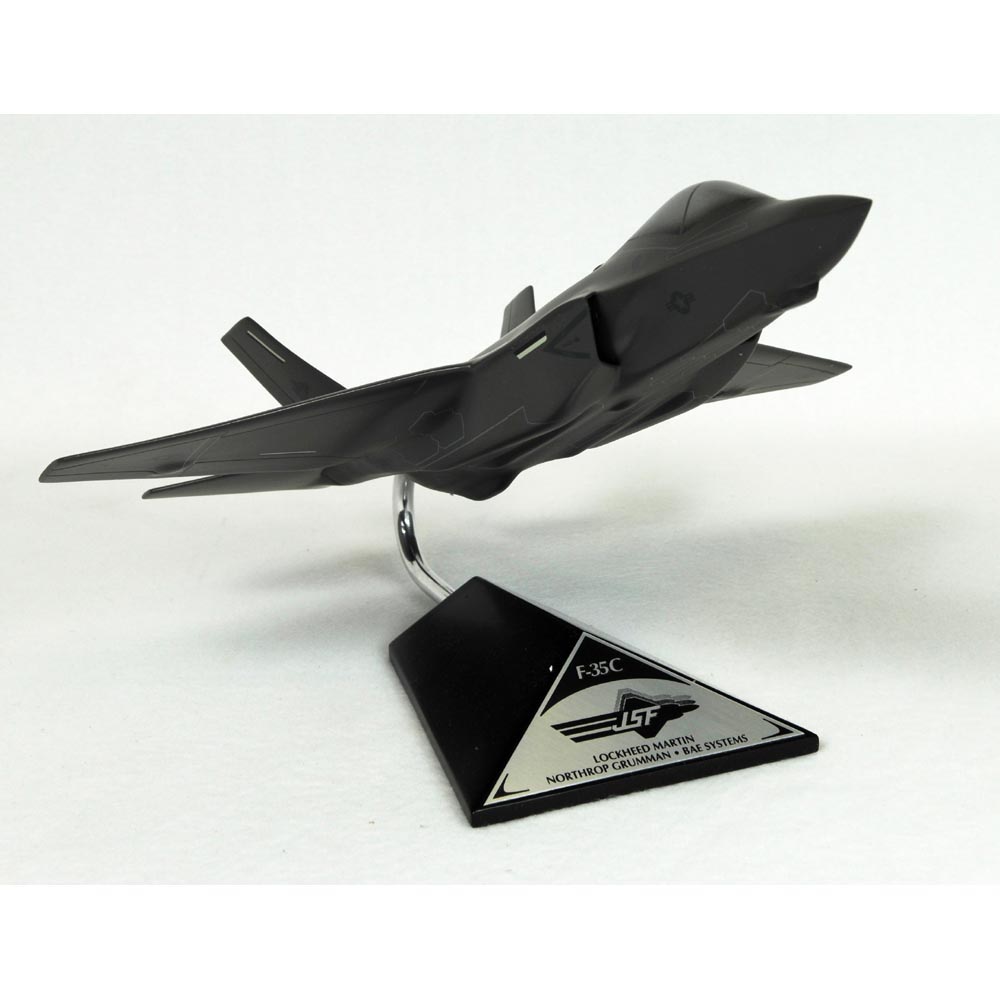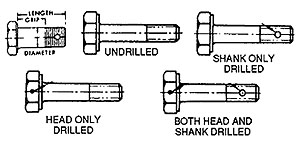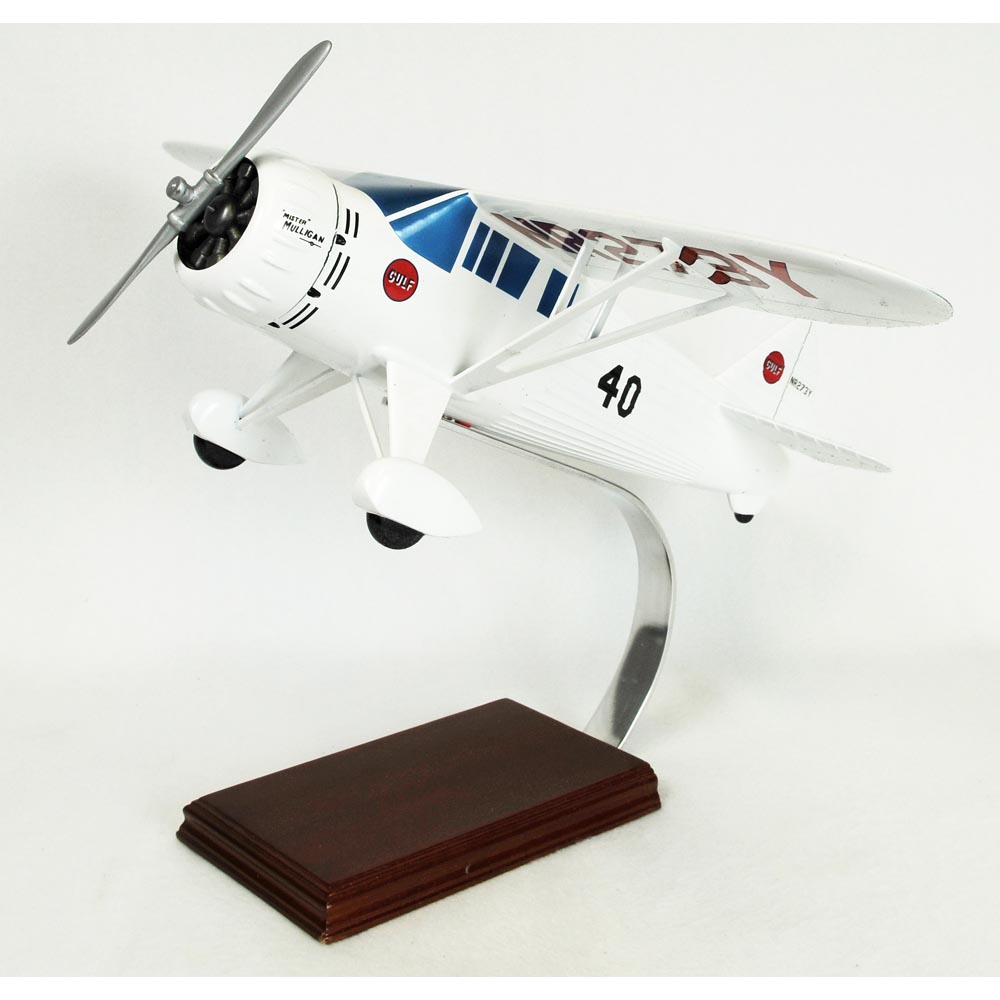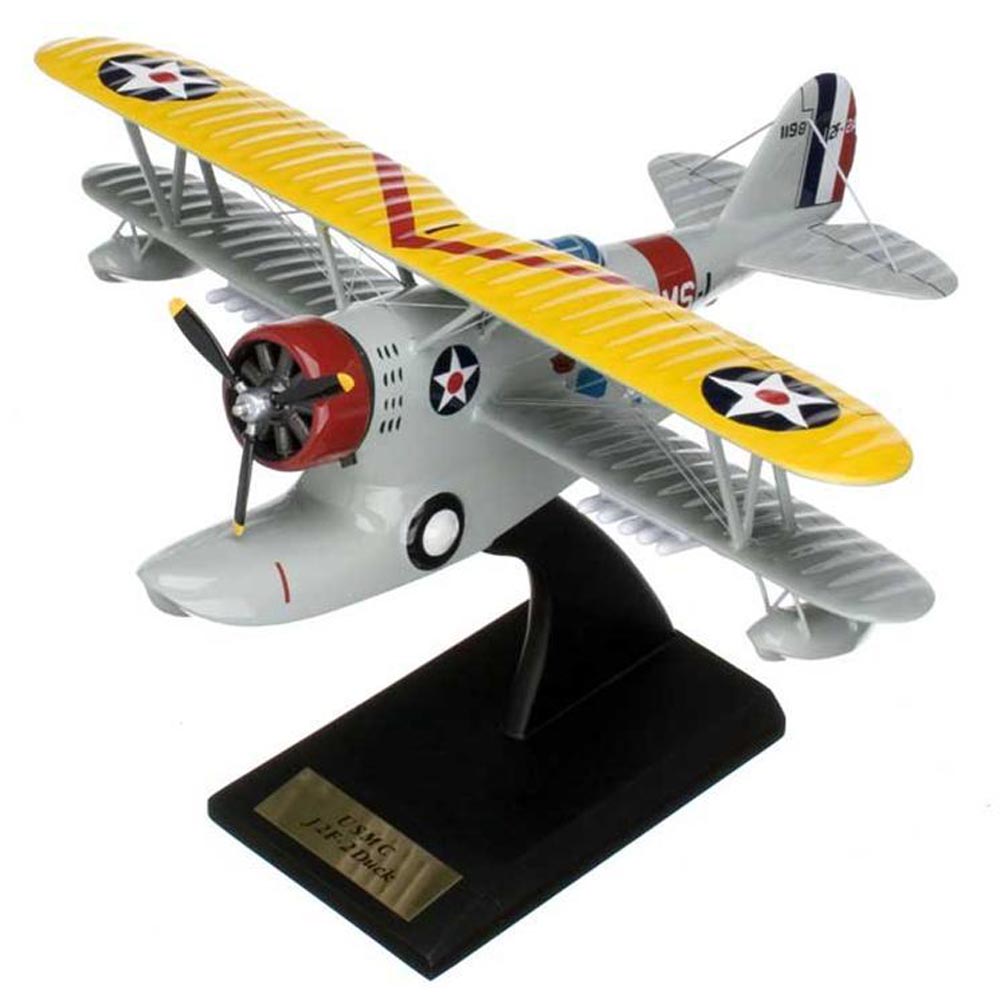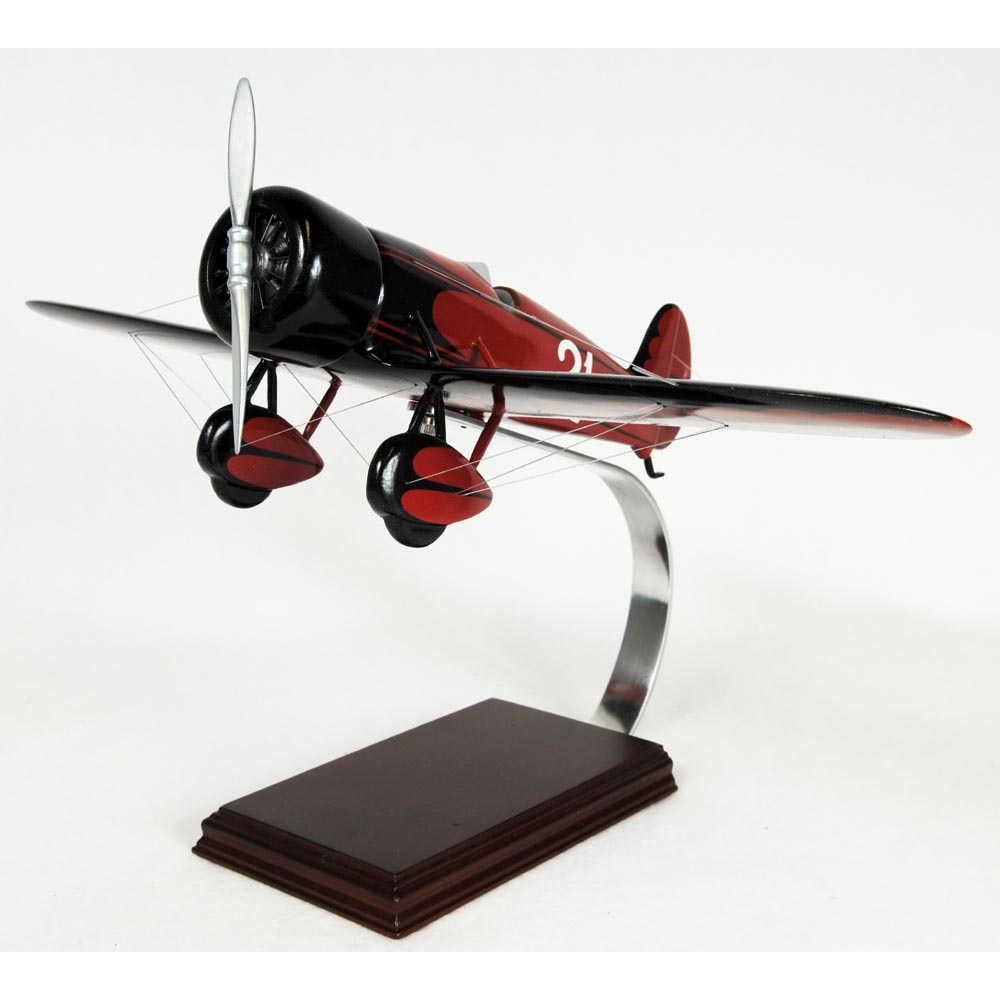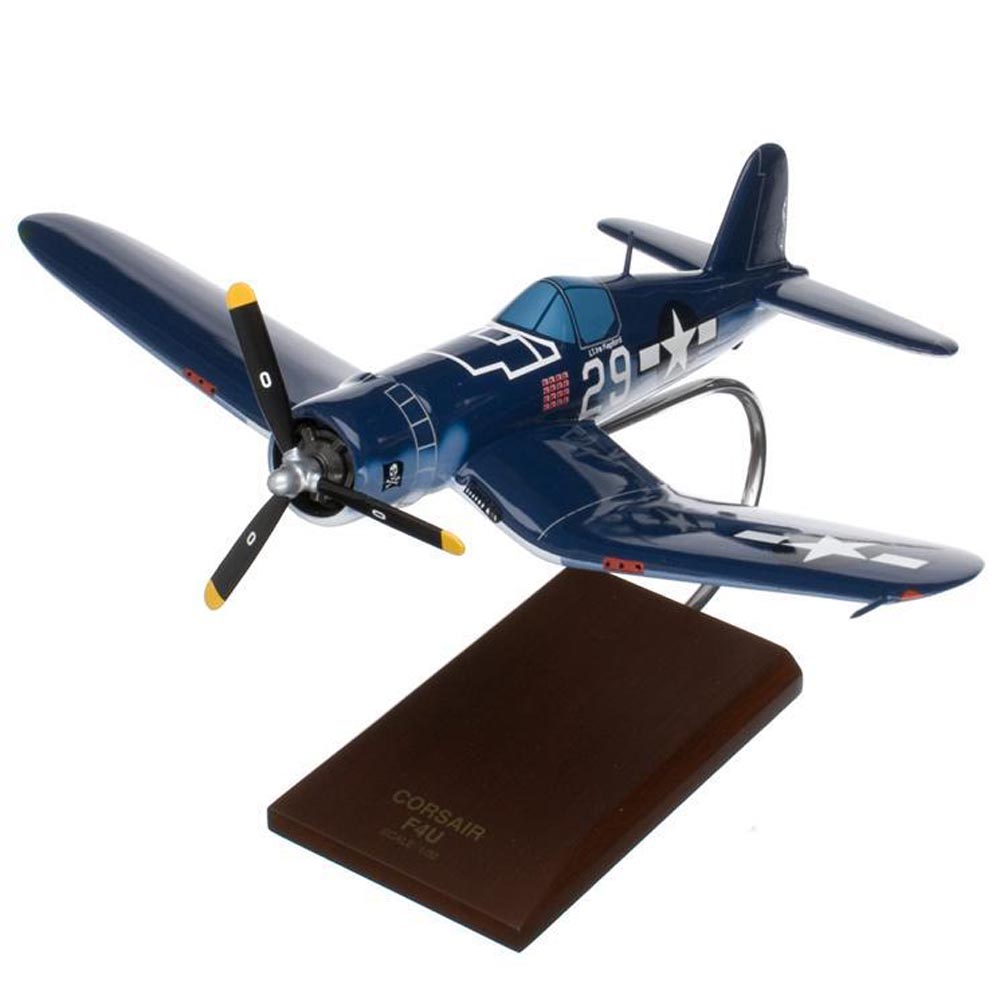Wright Flyer
Артикул: 13-11064
85554 71295 руб.
Наличие: – Есть в наличии у нашего поставщика. Доставка на наш склад в течение 5...6 недель после оплаты Вами заказа.
Overview
| The Wright Flyer, also referred to as Flyer I and Kitty Hawk, was the first successful powered, piloted, controlled heavier-than-air aircraft. It was designed and built by brothers Orville and Wilbur Wright, and was based on their 1902 Glider. The Flyer was made of spruce and ash covered with muslin. Since the brothers could find no suitable automobile engine for the task, they commissioned their employee Charlie Taylor to build a new one from scratch. A sprocket chain drive, borrowed from bicycle technology, powered the twin propellers, which were also made by hand. The basic problems of mechanical flight, lift, propulsion and control were solved in the Wright design. The Flyer was a canard biplane configuration. The pilot flew lying on his stomach on the lower wing, with his head toward the front of the aircraft and his left hand operating the elevator control. Lateral control was achieved by warping the wing tips in opposite directions via wires attached to a hip cradle mounted on the lower wing. The pilot shifted his hips from side to side to operate the mechanism, which also moved the rudder. The Flyer's â??runwayâ?? was a track of 2x4's stood on their narrow end, which the brothers nicknamed the â??Junction Railroadâ??. On December 14, 1903, after practicing on the 1902 Glider, the brothers felt ready for their first attempt at powered flight. They tossed a coin to decide who would get the first chance at piloting, and Wilbur won the toss. However, he pulled up too sharply, stalled, and brought the Flyer back down with minor damage. The plane was ready again after three days of repairing. On December 17, 1903, at Kitty Hawk, North Carolina, the Wright Flyer achieved controlled, sustained flight. With Orville at the controls, the plane took off from a launching rail and flew for 12 seconds and a distance of 120 feet. The airplane was flown three more times that day, with the brothers alternating turns. Wilbur made the longest flight, flying for 59 seconds and 852 feet. |



